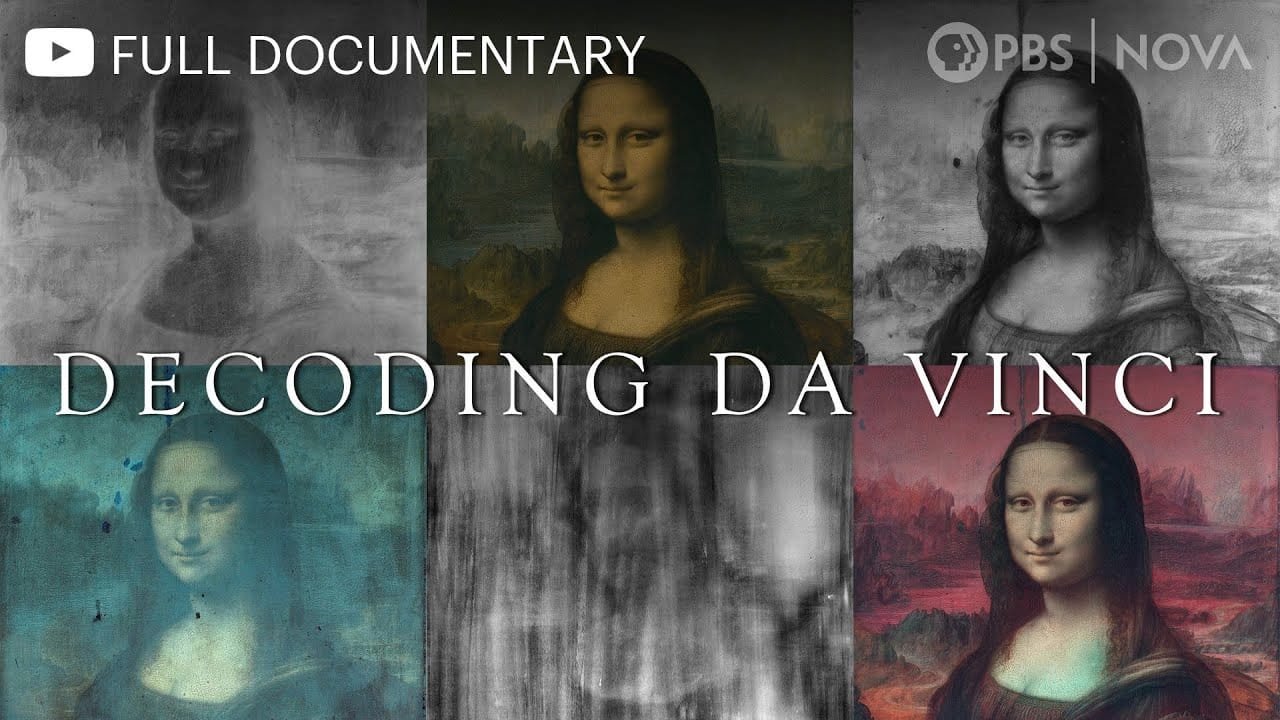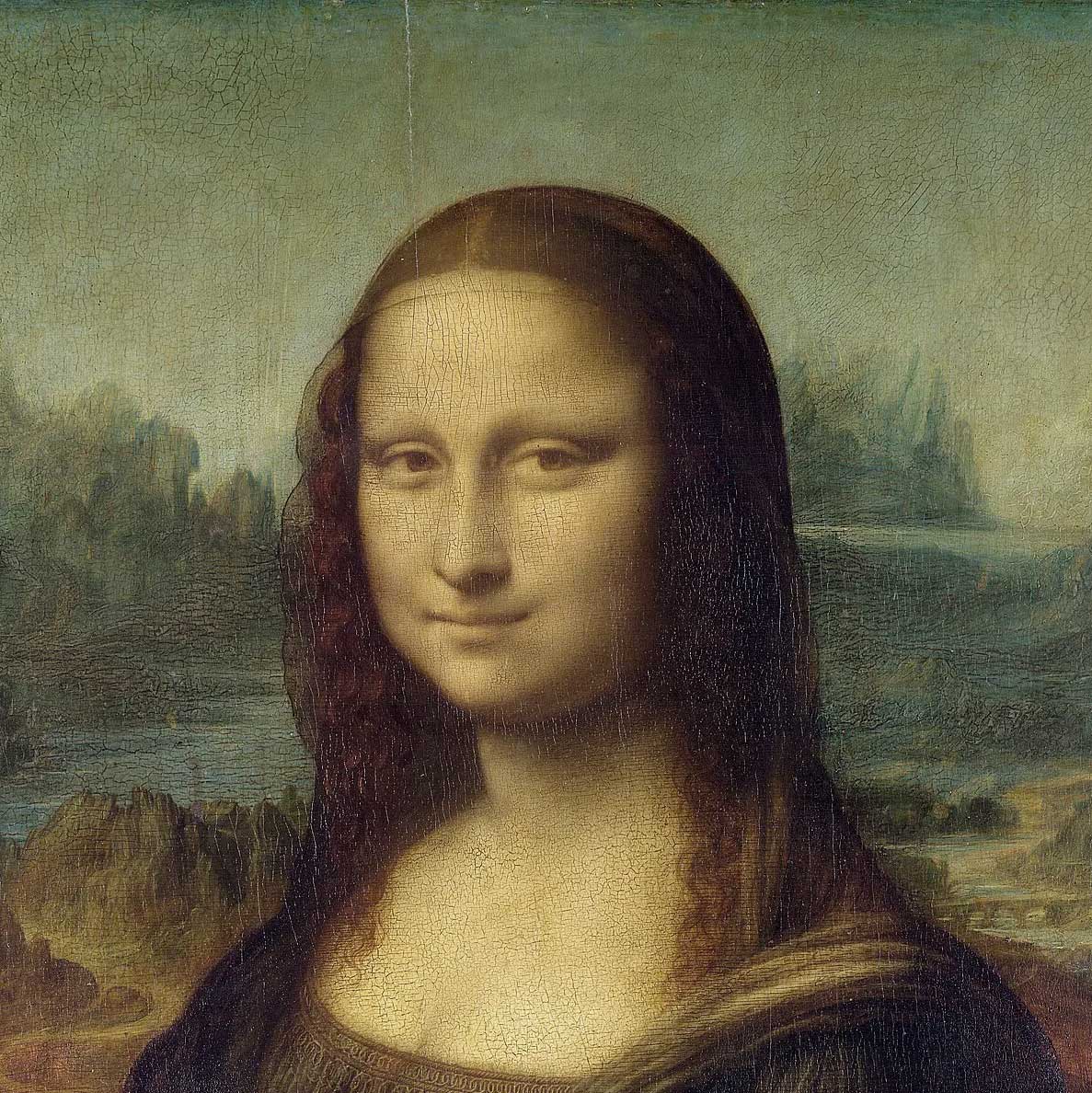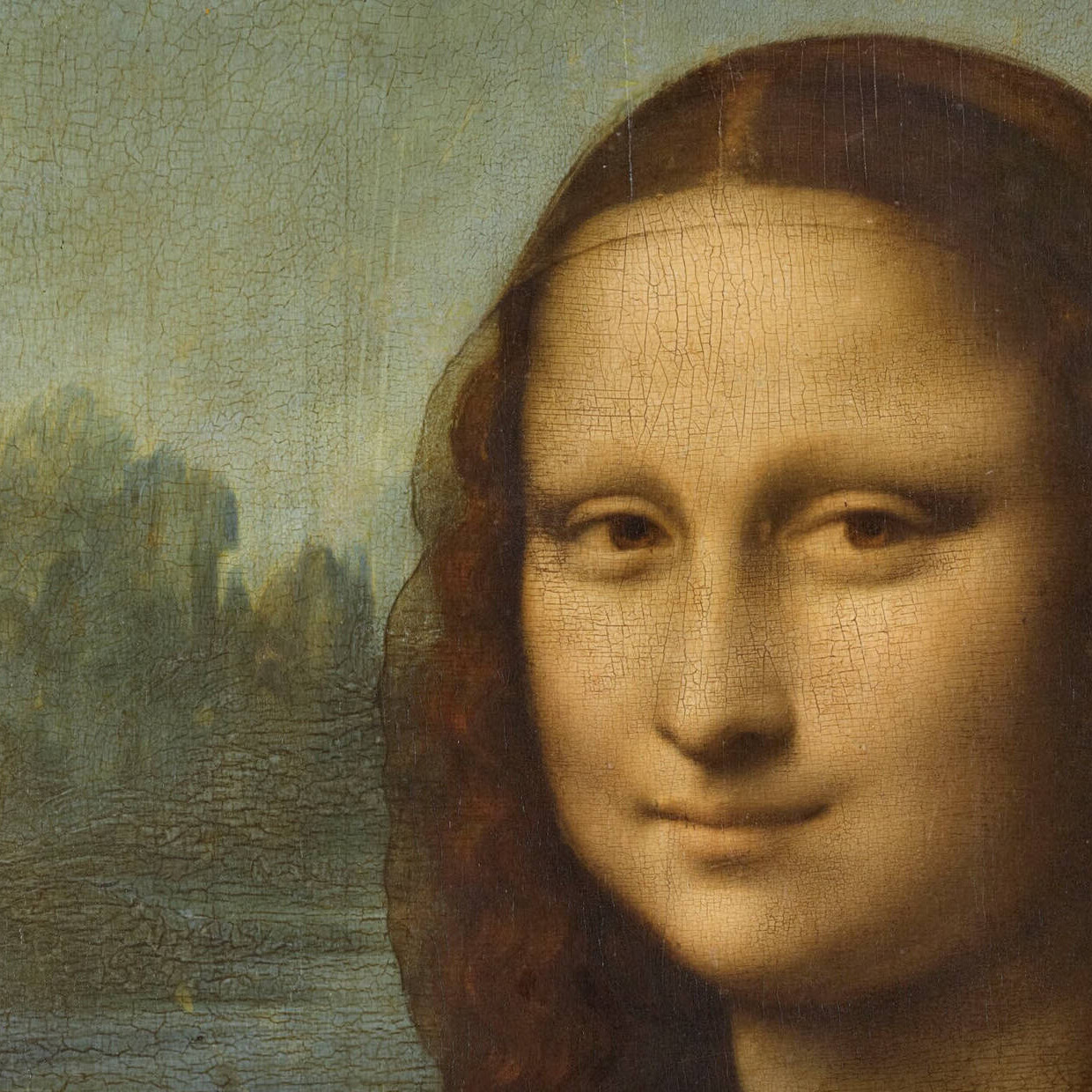Introduction: Decoding the Secrets of Mona Lisa’s Mysterious Smile
The Mona Lisa, a famous portrait painted by Leonardo da Vinci in the 16th century, has captivated viewers for centuries with its enigmatic smile. This intriguing feature of the painting has sparked endless fascination and speculation, as people strive to uncover the secrets behind Mona Lisa’s elusive expression. In this article, we will embark on a journey to explore the theories, scientific analyses, and interpretations surrounding the mysterious smile that has made the Mona Lisa one of the most renowned artworks in history.
The Mona Lisa: A Masterpiece by Leonardo da Vinci
The Mona Lisa, created by the genius Leonardo da Vinci, is an iconic masterpiece that continues to mesmerize art enthusiasts around the world. Painted between 1503 and 1506, this portrait showcases Leonardo’s unparalleled skill in capturing the human form and conveying a sense of depth and realism. The Mona Lisa is universally recognized as one of the greatest achievements in art history, a testament to the timeless genius of da Vinci.
One aspect that sets the Mona Lisa apart is the enigmatic smile that graces her face. The smile is so subtly rendered that it flickers between happiness and melancholy, leaving viewers intrigued and eager to uncover its true meaning. This enigmatic quality has contributed to the enduring popularity and fascination surrounding the painting.

The Enigmatic Smile: A Subject of Fascination
The Mona Lisa’s enigmatic smile has been the subject of fascination for centuries. It is a smile that seems to invite interpretation, yet remains tantalizingly mysterious. The ambiguity of the smile adds to the allure of the painting, as viewers are left to ponder its meaning and the emotions it conveys. Countless art critics, scholars, and enthusiasts have offered their own theories and interpretations, each seeking to unravel the enigma that lies behind Mona Lisa’s smile.
One theory suggests that the smile represents a blend of joy and grief. According to this interpretation, the painting was commissioned to celebrate the birth of a new child after the loss of a previous one. This theory is supported by historical and scientific evidence, such as the discovery of a gauze covering typically worn by pregnant or postpartum women beneath the paint of the Mona Lisa. The idea that the smile reflects both the happiness of new life and the lingering sorrow of loss adds depth and complexity to the painting.
Theories and Interpretations of Mona Lisa’s Smile
The Sfumato Technique
Leonardo da Vinci’s innovative use of the sfumato technique is believed to have contributed to the enigmatic nature of the Mona Lisa’s smile. The sfumato technique involves subtly blurring the edges of the lips and eyes, creating a smoky, ethereal effect. This softening of lines and transitions allows for a seamless blending of colors, resulting in a mysterious quality. The application of sfumato to the Mona Lisa gives her smile a sense of ambiguity, as the transitions between joy and melancholy become more fluid and less defined.
Portrayal of Different Emotions
Another theory proposes that the Mona Lisa’s smile is a representation of both joy and grief. This interpretation is based on the belief that the painting was commissioned to commemorate the birth of a child after the loss of a previous one. It is suggested that Mona Lisa’s refusal to fully display her joy in the smile was influenced by the pain of her previous loss. This theory resonates with many bereaved women, who find solace in seeing their own sorrow reflected in the painting. It highlights the duality of life and loss, capturing the complexity of human emotions.
Research supports this theory, as scientific and historical evidence has been uncovered to substantiate the connection between the Mona Lisa’s smile and the experiences of Lisa Gherardini, believed to be the real-life model for the painting. Gherardini had six children, two of whom died before their second birthdays. The portrayal of joy tinged with grief in the Mona Lisa’s smile reflects the bittersweet reality of life and the contrast between external appearances and internal emotions.
To further understand the significance of the Mona Lisa’s smile, it is essential to explore the historical context in which the painting was created. The Italian Renaissance, a period of great artistic and intellectual flourishing, emphasized realism and the expression of humanity. The Mona Lisa, with its subtle smile, encapsulates the spirit of the Renaissance, capturing the nuanced emotions of a woman who has undergone a rebirth. It serves as a powerful reminder of the complexities of life and the importance of acknowledging the layers of grief that may exist beneath the surface.
Scientific Analysis: Solving the Mystery
In recent years, scientists and researchers have turned to modern technology to gain greater insights into the nature of the Mona Lisa’s smile. One notable study conducted by the University of Freiburg used emotion recognition software and manipulated photos to analyze the smile. The study found that the smile was overwhelmingly perceived as “happy” by participants, dispelling some of the previous theories that suggested a mixture of emotions. According to the study, the original photo of the Mona Lisa’s mouth was perceived as “happy” 97% of the time.This research provides compelling evidence that the smile is indeed a portrayal of happiness.
Another scientific approach involved analyzing the Mona Lisa’s facial features using advanced techniques. Through the use of high-resolution scans and digital imaging, researchers were able to uncover intricate details about the painting. This analysis revealed the subtle changes in the positioning of the lips and the play of light and shadow that contribute to the enigmatic smile.By dissecting and reconstructing different elements of the smile, scientists gained a deeper understanding of how Leonardo da Vinci manipulated the viewer’s emotions through his artistry.
Perception and Interpretation of Mona Lisa’s Smile
Our perception plays a vital role in interpreting the Mona Lisa’s smile. The interplay between shadows, motion, and contrasts creates a dynamic visual experience that influences how we perceive the smile. Harvard neuroscientist Margaret Livingstone has conducted extensive research on the subject and suggests that our eyes perceive the smile differently based on where we focus. When we direct our gaze towards the mouth, the shadows that contribute to the smile seem to disappear, making the smile appear less pronounced. However, when we shift our focus to other parts of the painting, such as the eyes or the background, the shadows reappear, and the smile seems to flicker back into view.This phenomenon creates a sense of ambiguity and intrigue, as the smile appears to fade in and out depending on the viewer’s perspective.
The Mona Lisa’s smile is a testament to the power of visual perception and the ways in which our eyes interpret and process information. The subtle use of shadows and the play of light and dark create an optical illusion that gives the smile its elusive quality. As our eyes move across different parts of the painting, the smile seems to shift and change, captivating our attention and sparking our curiosity. This interplay between perception and interpretation adds to the enduring appeal of the Mona Lisa’s smile.
What if the Mona Lisa had a daughter?
In an intriguing painting by contemporary artist Alex Righetto, the Mona Lisa’s daughter comes to life, offering a fascinating and fresh look at an icon of Renaissance art. With his artistic mastery, Righetto creates a link between past and present, tradition and modernity, inviting viewers to reflect on the continuity and evolution of art and beauty through the centuries.
Decoding the Symbolism: The Enduring Allure of Mona Lisa’s Smile
The enigmatic smile of the Mona Lisa holds deep symbolism that continues to captivate audiences. It represents mystery, beauty, and the complexity of human emotions. The enduring allure of the smile lies in its ability to evoke curiosity and invite interpretation. The smile has had a lasting impact and influence on art and popular culture, inspiring countless artists, writers, and filmmakers to explore its depths and create their own interpretations.
The enigmatic smile of the Mona Lisa has become an iconic symbol of intrigue and fascination. Its enigmatic nature transcends time and cultural boundaries, making it a subject of universal interest. The smile has been referenced and parodied in various forms of media, from literature to advertisements, cementing its place in popular culture. The enduring popularity of the Mona Lisa’s smile reflects the timeless appeal of mystery and beauty in art.
Additional Context: Fascinating Facts about the Mona Lisa
Aside from the enigmatic smile, the Mona Lisa possesses several other fascinating aspects. The painting measures 30 x 21 inches and was created using oil on a poplar panel. This size and medium were common during the Italian Renaissance period, highlighting the technical expertise and artistic choices of Leonardo da Vinci. The historical context in which the painting was created is also significant, as it represents a pivotal time in art history characterized by a renewed interest in humanism, scientific inquiry, and artistic exploration.
Exploring the Legacy of Leonardo da Vinci
Leonardo da Vinci’s contributions to the art world extend far beyond the Mona Lisa. His innovative techniques, scientific observations, and artistic vision have left an indelible mark on the world of art and creativity. Da Vinci’s ability to capture the complexity of human emotions, as exemplified in the Mona Lisa’s smile, revolutionized the art world and continues to inspire artists to this day. His legacy as an artist, inventor, and visionary serves as a testament to the power of curiosity, observation, and imagination.
The Mona Lisa’s Smile in Popular Culture
The enigmatic smile of the Mona Lisa has had a profound impact on popular culture. It has been referenced, parodied, and adapted in various forms of media, from movies to advertisements. The enduring appeal of the smile lies in its ability to evoke intrigue and curiosity, inviting artists and creators to explore its symbolism and reinterpret it in their own works. The Mona Lisa’s smile has become an iconic symbol of mystery, beauty, and artistic excellence, resonating with audiences across different generations and cultures.
Shap Colors.
Perfect Image.
Secure Your Copy of 'Mona Lisa's Daughter.' Brilliant Aluminum Print Ready to Hang.
Unveiling the Secrets: Behind the Scenes of Mona Lisa’s Smile
The creation process of the Mona Lisa involved Leonardo da Vinci’s innovative techniques and meticulous attention to detail. From the subtle blurring of edges using the sfumato technique to the careful manipulation of light and shadow, da Vinci employed a range of artistic methods to achieve the enigmatic smile. His mastery of these techniques allowed him to create a smile that appears to fluctuate and change depending on the viewer’s perspective. The complexity and artistry behind the Mona Lisa’s smile serve as a testament to Leonardo da Vinci’s genius as an artist and his ability to evoke emotions through his work.
Mona Lisa’s Smile: A Symbol of Mystery and Beauty
The Mona Lisa’s smile endures as a symbol of mystery, beauty, and the depth of human emotions. It represents the enigmatic aspects of art that continue to captivate and intrigue us. By embracing and celebrating the complexities of the human experience, the Mona Lisa’s smile invites us to explore the intricacies of our own emotions and perceptions. It serves as a reminder of the power of art to evoke feelings, spark curiosity, and transcend time.
Conclusion: Unraveling the Enigma of Mona Lisa’s Smile
In conclusion, the Mona Lisa’s smile remains one of the greatest mysteries in the art world. Despite the countless theories, scientific analyses, and interpretations, the true meaning behind the smile continues to elude us. The enduring fascination and impact of the Mona Lisa’s smile are a testament to its timeless allure and the genius of Leonardo da Vinci. As we continue to explore the secrets of this enigmatic smile, we invite you to delve deeper into the world of art and discover the captivating offerings at Alex Righetto. Join us on this journey of discovery and immerse yourself in the beauty and intrigue of the Mona Lisa’s smile.
Read More
Decoding the Enigmatic Smile: Unveiling the Secrets of the Mona Lisa
October 14, 2023
0 Comments19 Minutes




